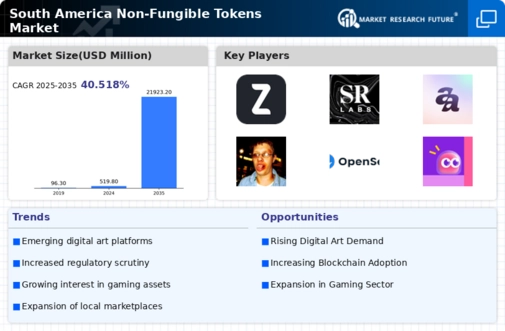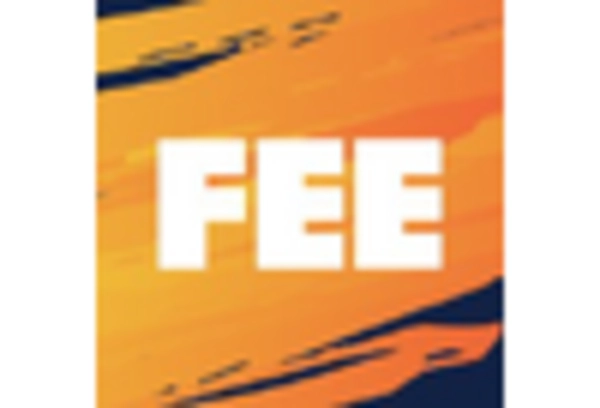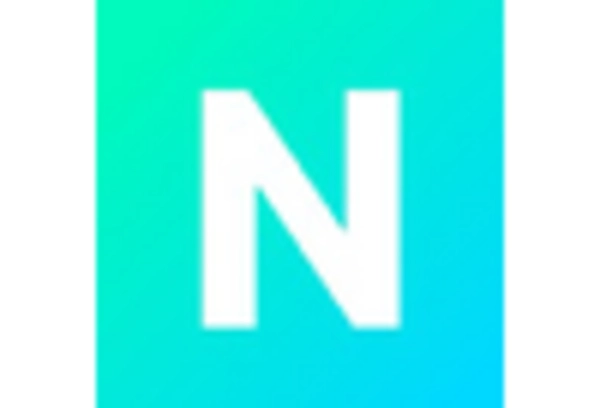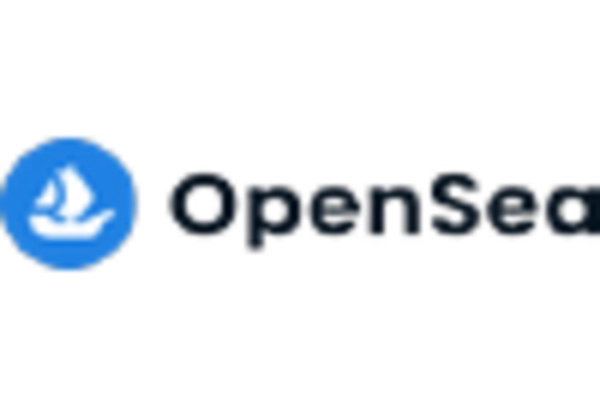Adoption by Gaming Industry
The gaming industry in South America is increasingly adopting non fungible-tokens, which is significantly impacting the market. Game developers are integrating NFTs into their platforms, allowing players to own, trade, and sell in-game assets. This shift is expected to enhance user engagement and create new revenue streams. In 2025, it is estimated that the gaming sector will contribute over $200 million to the non fungible-tokens market, driven by the growing popularity of play-to-earn models. Players are drawn to the idea of owning unique items that can appreciate in value, thus incentivizing participation. As the gaming landscape evolves, the incorporation of NFTs is likely to redefine player experiences and interactions, further propelling the growth of the non fungible-tokens market in South America.
Cultural and Historical Significance
The non fungible-tokens market in South America is increasingly intertwined with cultural and historical narratives. Artists and creators are utilizing NFTs to preserve and promote local heritage, creating a unique blend of technology and tradition. This trend is particularly evident in the representation of indigenous art and cultural artifacts, which are being digitized and sold as NFTs. In 2025, it is anticipated that cultural NFTs will account for approximately 15% of the overall market, highlighting the importance of cultural representation. By leveraging blockchain technology, creators can ensure that their work is authentically represented and valued. This cultural significance not only enriches the non fungible-tokens market but also fosters a sense of pride and identity among local communities, potentially attracting a wider audience.
Rise of Digital Art and Collectibles
The non fungible-tokens market in South America is experiencing a notable surge in the popularity of digital art and collectibles. Artists and creators are increasingly leveraging NFTs to monetize their work, leading to a vibrant ecosystem. In 2025, the market for digital art NFTs is projected to reach approximately $500 million, reflecting a growth rate of around 30% annually. This trend is driven by the unique ability of NFTs to provide provenance and ownership verification, which appeals to both artists and collectors. Furthermore, local platforms are emerging to cater specifically to South American artists, fostering a sense of community and cultural representation. As more individuals recognize the potential of digital assets, the demand for NFTs in the art sector is likely to expand, further solidifying the non fungible-tokens market in the region.
Investment Opportunities and Speculation
The non fungible-tokens market in South America is increasingly viewed as a viable investment opportunity, attracting both individual and institutional investors. The potential for high returns has led to a speculative environment, where investors are keen to acquire unique digital assets. In 2025, the market is projected to see a 40% increase in investment activity, as more individuals recognize the financial benefits of NFTs. This trend is further fueled by the rise of online marketplaces that facilitate the buying and selling of NFTs, making it easier for investors to enter the market. However, this speculative nature also introduces risks, as the value of NFTs can be volatile. Despite this, the allure of potential profits continues to drive interest in the non fungible-tokens market, shaping its trajectory in South America.
Technological Advancements and Accessibility
Technological advancements are playing a crucial role in enhancing the accessibility of the non fungible-tokens market in South America. As blockchain technology evolves, the process of creating, buying, and selling NFTs becomes more user-friendly. In 2025, it is expected that the number of NFT platforms will increase by 50%, providing diverse options for users. This proliferation of platforms is likely to democratize access to NFTs, allowing a broader demographic to participate in the market. Additionally, improvements in mobile technology and internet connectivity are facilitating greater engagement with digital assets. As accessibility improves, the non fungible-tokens market is poised for substantial growth, attracting new users and investors who may have previously been deterred by technological barriers.

















Leave a Comment